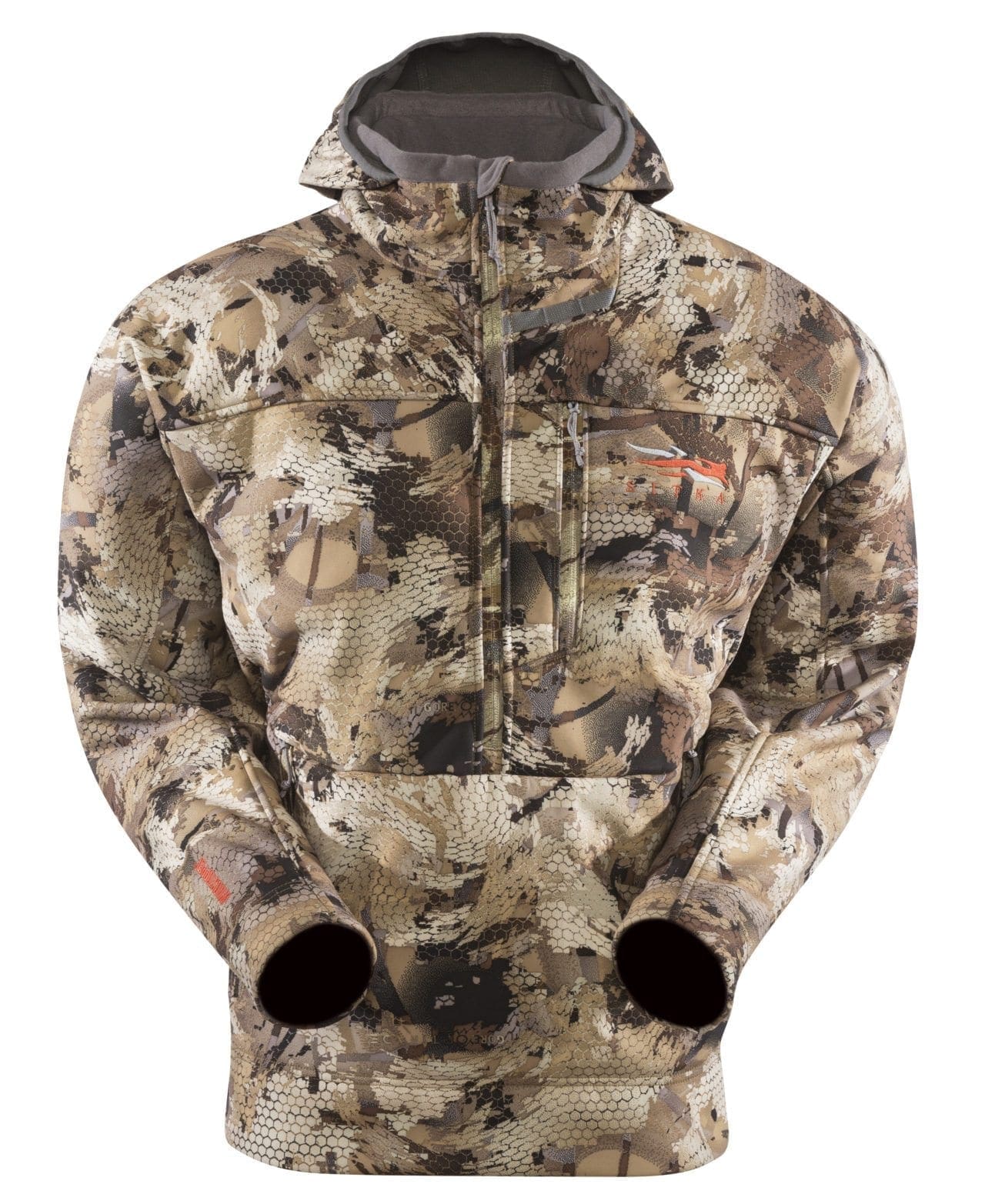Dunstan Chestnuts – The Ultimate Deer Attractants

If you plant them, they will come. Research has shown that white-tailed deer prefer acorns over all other naturally occurring fall foods, but that has not always been the case. Before the chestnut blight, American chestnuts were once the most abundant species in eastern hardwood forests in North America. While their crowns ruled the canopy, their mast reigned supreme on the forest floor. Planting mast orchards with Dunstan chestnut trees helps restore them to their former glory as the ultimate deer attractants.
Consistency
Dunstan chestnut trees have several growth characteristics that make them better for planting mast orchards. They flower later in spring than oaks, reducing the possibility of frost damage that leads to widespread acorn failures. They also lack the cyclical nature of oaks, and under favorable conditions, chestnut trees will yield a good crop every year. Even under the poorest conditions, they typically produce some nuts. Furthermore, they can rebound more quickly to produce a bumper crop by the following year, whereas one poor growth year could translate to at least three years of poor production for red oaks.
Production
Dunstan chestnut trees grow faster and bigger than oaks, producing more mast in a shorter time frame. Under optimal conditions, they may begin bearing nuts within two to five years, compared to white oaks that might not bear for 20 years. Dunstan chestnut trees can grow 60-80 feet tall and, at maturity, produce up to 2,000 pounds of nuts per acre.
Nutrition
Dunstan chestnuts are nutritionally superior. They contain approximately 40 percent carbohydrates, compared to only about 10 percent for white oak acorns. That means deer gain more calories per nut when they need them most, in the winter. Mature chestnut trees produce more carbohydrates per acre than oaks and cornfields, so deer expend less energy to find food and tend to stay near areas with chestnut trees.
Deer need certain levels of protein, vitamins, and trace minerals to maintain proper body function. Dunstan chestnuts contain 10% protein compared to only 4% for white oak acorns. They also contain more vitamins C, E, and K and are higher in iron, potassium, and selenium than acorns.
Preference
Deer know a good thing when they get it. As selective feeders, they seek out the most nutritious food, and their strong preference for chestnuts is hard-wired into their DNA. In studies of captive deer, Dr. James Kroll found deer preferred chestnuts to acorns at a rate of 100:1. It probably does not hurt that chestnuts are also more palatable because they lack tannins that give acorns their bitter taste. Add it all up, and the evidence will be clear. Dunstan chestnuts are the ultimate deer attractants and essential to keeping deer on the property all season long.
About Chestnut Hill Outdoors
Chestnut Hill Outdoors is the best place to purchase food plot and deer attractant plants because they offer a large selection, their plants are specifically bred to attract deer, and they offer customers different-sized plants at different levels of growth. To ensure you receive the maximum benefit from their products, they also provide sound advice and instruction on proper planting and care. For more on Chestnut Hill Outdoors products and how to care for them, visit ChestnutHillOutdoors.com or call (855) 386-7826.
For more information, please visit
WWW.CHESTNUTHILLOUTDOORS.COM

